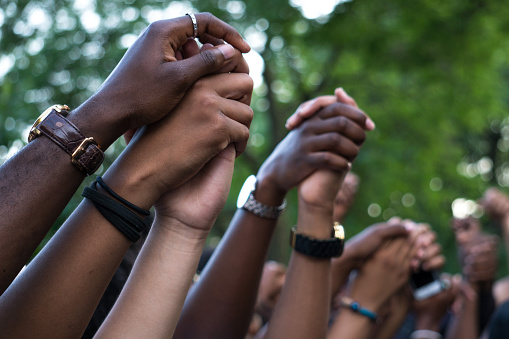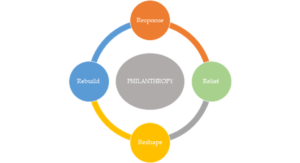My first skiing experience was a brief stint in January 2001 in the slopes near NewCastle, UK. My main take-away from that was painful muscles and soreness for the next few days. Fast forward to December 2009 in the Poconos region in NJ, USA. A few times up and down the snow-covered mountain and my biggest take-away then was that I was six weeks pregnant! Life happens and somehow it took another ten years before I could go back to the slopes which was last year. That is when I actually enjoyed this winter recreation. I have my dear husband and peers to thank for in this venture for sure. It was thus time to take this effort one notch higher and start investing in the process in order to maximize the season this year. The timeline of picking up this activity also aligns with the way I have indulged in my philanthropic enterprise since a year now and here are some key take-aways of this shared experience:
- Investment: To begin with, engaging in this activity has been investment-heavy right from the amount of time, energy and effort as well as all the tangible equipment to go with it – skis, poles, boots, hats, gloves, warmers, balaclavas, pants, jackets, helmet, goggles and so on. To me, this itself is a testament to anyone’s patience, financial obligation and commitment to keep at it. Similarly, starting Social Echoes involved that right balance of patience and mindset. While one can continue with their day-to-day operations, consistent engagement in the social sector is a matter of longer-term investment.
- Momentum: One of the key beginner lessons they teach you in skiing is “do not get over your skis”. The moment you get over your skis at the beginning, you are bound to lose balance and fall. In order to build control and impetus to philanthropy, it is prudent to take a more staged approach – such that eventually the skis would do the skiing for you (I haven’t reached this stage in either of my initiatives!).
- Metrics: One of the most valuable aspects of my work is establishing key measures of assessment. How do I know that the results are creating a positive impact to the communities/organizations they benefit? Being a small pebble in the pond, how does one measure the effectiveness of the programs and that the positive waves of change can be seen? The bunny, greens, blues, blacks, diamonds – these are some clear indications of advancement in skiing. Yes, you can be comfortable with the greens. At the same time, for an avid skier, the real progression is seen as you move through these varying levels of difficulty in the slopes with the right balance of all of the above, and more importantly, a strong belief in seeking the unevenly distributed terrain.
- Freedom: With the ability to ski through nature, it gives you a sense of freedom and acts of giving create a sense of humility and freedom. That humility comes with the feeling that we are merely dots among heaps of evergreens and snowy carpets. My instructor aptly put it, “these mountains have an ability to humble you” – indeed!









